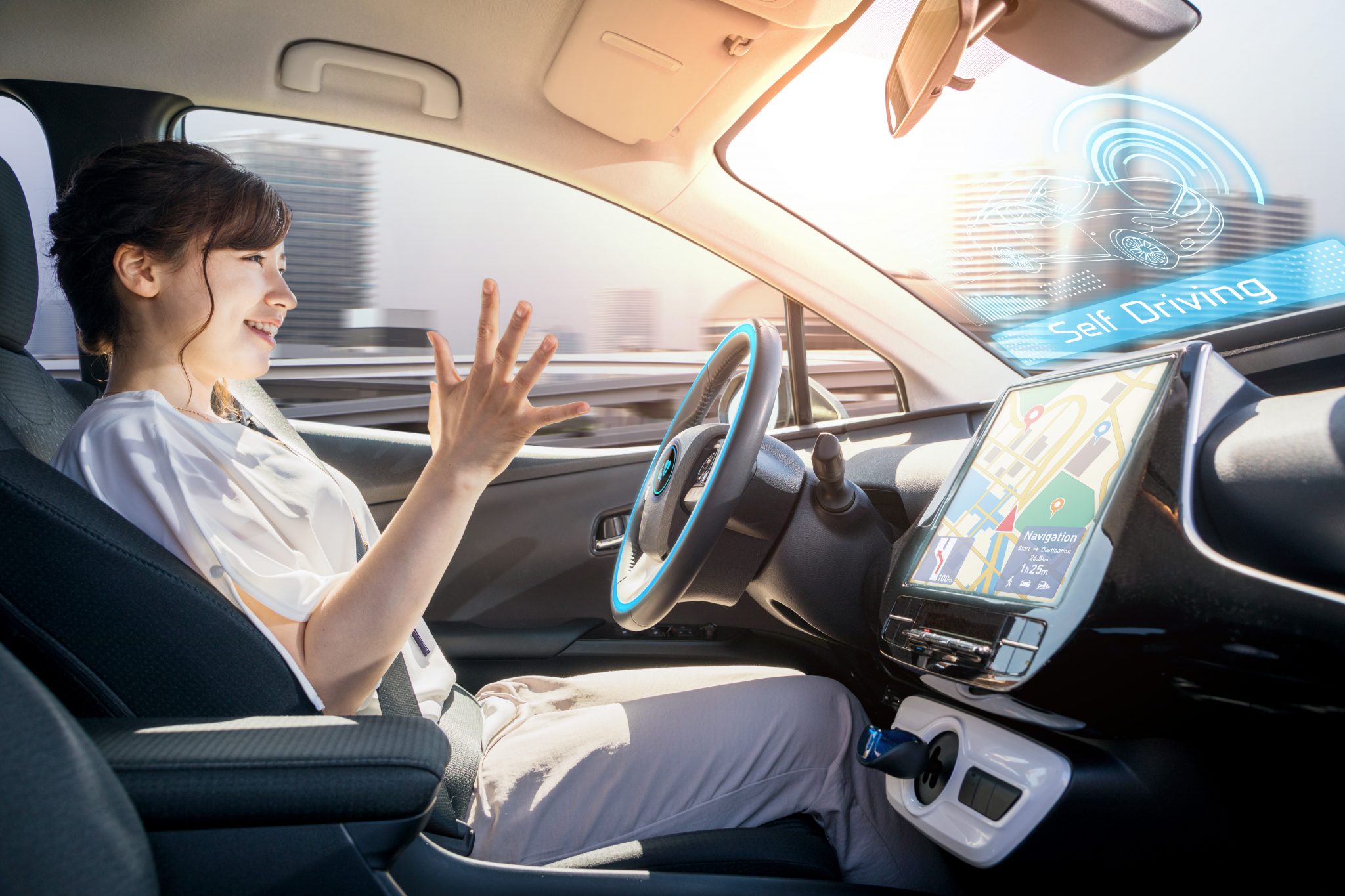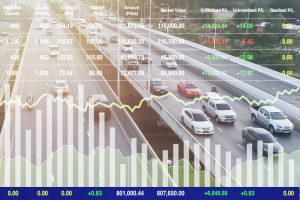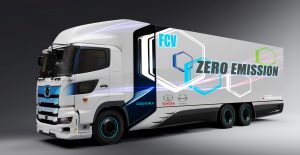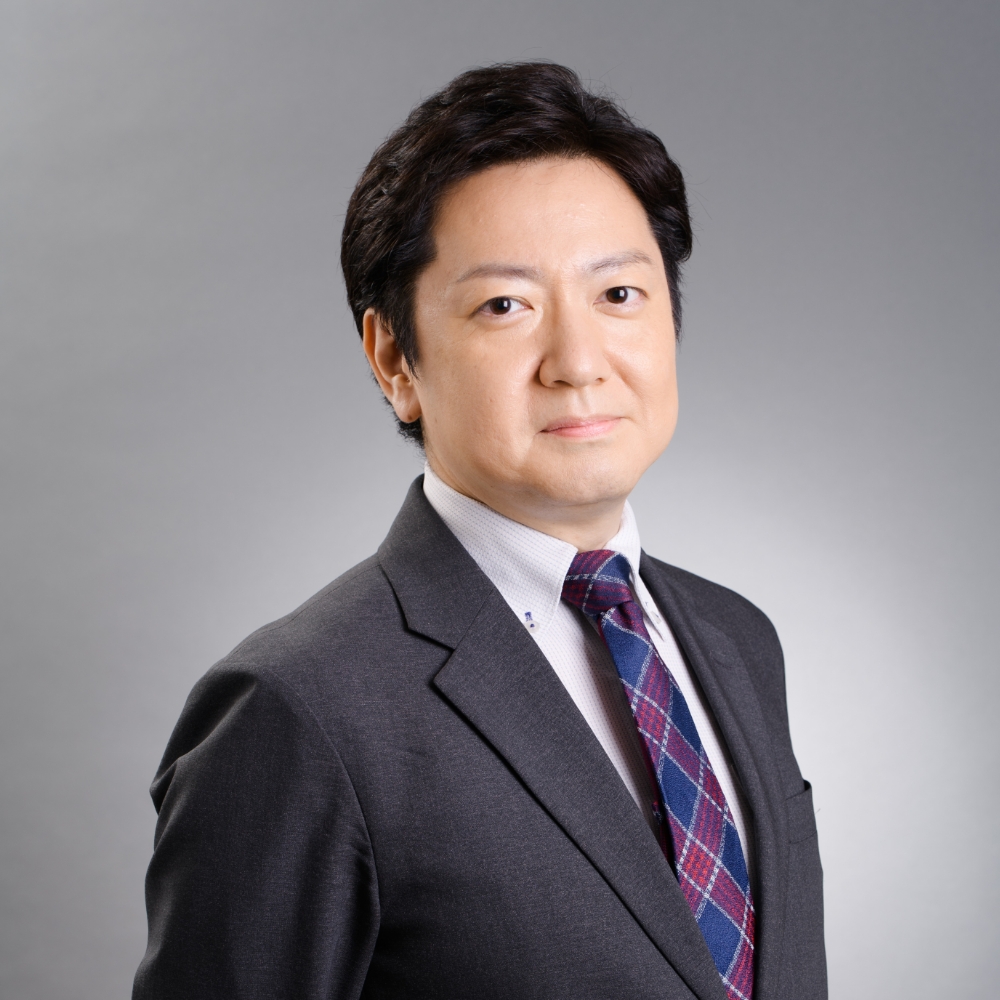Politics and Systems
Innovation is not simply invention or technological development. It’s the creation of new value which has a social significance, changing industry, society, and people’s lives. For this reason, innovation is important for government and politics as well. Automated driving is an innovation in the automotive field, and it’s also a major point of interest for government and politics. At the 12th annual general meeting of the “Science and Technology in Society Forum” held in Kyoto on October 4, 2015, Prime Minister Abe gave a speech in which he explicitly stated his goal of achieving diffuse application of automated driving technology by the 2020 Tokyo Olympic and Paralympic Games. Japan is currently progressing toward this goal.
Automated driving is one method for solving emerging mobility problems in Japan’s aging population, and it is also an important task for the automotive industry which supports Japan’s economy. Single companies must not merely manufacture products, but are also expected to engage in initiatives for the betterment of the country as a whole. In this environment, academic and industrial government cooperative initiatives are being developed through the leadership of the administration. For example, in the SIP (Strategic Innovation Creation Program) led by the cabinet office as well, automated driving (self-driving vehicles) was the one of the ten target fields of science and technology chosen to support Japan’s future from the start. In addition, the representative agencies such as Ministry of Economy, Trade and Industry; Ministry of Land, Infrastructure, Transport and Tourism; National Police Agency; and the Ministry of Education, Culture, Sports, Science and Technology are all carrying out initiatives to resolve various issues in the fields they supervise.
One of the areas with the greatest impact on achieving automated driving is the problem of its legal implications. Broadly speaking, there are two main documents which apply: the “Road Traffic Act” and “Harmonization of International Standards for Safety and Environmental Performance,” both of which concern issues which are cross national borders and are not limited to Japan alone.
First, let’s take a closer look at the Road Traffic Act. The Geneva Convention on Road Traffic (abbreviated as “Geneva Convention” below”) ratified in 1949 is the background for this law, and Japan joined in 1964. In addition, there are a total of 97 member nations which have ratified this convention. The 8th article of the convention states that “vehicles must have a driver” and “the driver must always control the vehicle appropriately.” In other words, an automated driving vehicle which has a system take over operations for the driver is not legal. There is also another international convention related to this law, the Vienna Convention on Road Traffic (abbreviated as “Vienna Convention” below). There are a total of 73 member nations which have ratified this convention, with an especially large proportion of European nations. Japan is not a member of this convention. The Vienna Convention initially made the same statements as the Geneva Convention, but revisions were approved in March 2014, and they came into effect in March 2016. These revisions approved the introduction of automated driving systems provided the following prerequisites are met. “If the driver can engage an override or switch off function, automated driving systems are considered acceptable” and “However, the driver must always be in a position to execute all necessary operations while the car is being controlled.” In other words, as a result of these revisions, the member nations can now revise their road traffic laws in preparation for the achievement of automated driving level 3. Following on these developments, the United Nations working group (WP1) considered enacting proposed revisions to the Geneva Convention as well, but in the end the revisions were not adopted, and it has still not been revised in the way the Vienna Convention has. However, in order to resolve the disparity between the two conventions, the same working group recommended to the member nations of both conventions that the two conventions be treated equivalently and both promote automated driving in October 2018. As a result, domestic laws can be changed in preparation for the achievement of automated driving even without any revisions to the Geneva Convention.
The next section will explain “Harmonization of International Standards for Safety and Environmental Performance” (abbreviated as “Harmonization of Standards” below). In July 2017, when the current Audi A8 model was announced, it was the first car to ever be sold with “pilot for traffic jams under 60 km/h,” a level 3 automated driving system. Naturally, at this point the aforementioned Vienna Convention revisions were ratified and road traffic law in Germany was revised on May 2017, so the traffic jam pilot was approved. However, to this day, the traffic jam pilot is not yet approved for use on public roads all over the world. The reason for this is international harmonization of standards. Simply put, although each country has its own environmental and safety standards for automobiles, these are international products which drive across borders on land and are transported across them by see through import and export product markets as well. At these times, since revising the manufacturing standards to meet the rules of each market where the automobiles will actually be used is far too inconvenient, World Forum for the. Harmonization of Vehicle Regulations (UN/ECE/WP29, abbreviated WP29) is considering an international agreement for shared standards which can be approved by all countries for international automobiles. There is also an international decision on the prerequisite for automated driving systems, handling, which only approves automated driving systems when moving “under 10 km/h” as of July 2017. As a result, international approval for the traffic jam pilot has yet to be achieved. However, a revision was approved at the WP29 meeting in February of this year, and it seems that the traffic jam pilot will finally be possible.

In addition, Japan is a step ahead of the rest of the world. Based on the two revisions mentioned above, revised versions of two related domestic laws, the Road Traffic Act and the Road Transport Vehicle Act, were approved at an ordinary session of the Diet in this fiscal year. The revised laws are scheduled to officially come into effect in the fall of this year. In other words, Japan is likely to be the first country worldwide to achieve automated driving level 3. BMW (3 series and other models) and Nissan (new Skyline) have announced models which will feature “hands off function” to be released in the fall and beyond, and the future trends in this field must be monitored carefully.
Preparation for Practical Use:
Societal Reception and Applications For 7 days just before the Tokyo 2020 Olympics and Paralympics events, July 6 (Monday) – 12 (Sunday), 2020 (*Olympics start date: July 24), a large-scale demonstration experiment is planned, featuring automated driving from Haneda to Daiba along the gulf coast, with participation including 10 member companies of the Japan Automobile Manufacturers Association. As the final completion of the Prime Minister Abe’s goal achievement discussed in the opening section, the new value created by automated driving will be introduced to the world through the Olympics event, and there are high hopes for this demonstration. Automated driving will only be a true innovation when it has been accepted by society, and ensuring safety will be a major stepping stone to achieving that.
Improving driving safety is actually one of the goals for which automated driving was developed from the start. As of 2015, global annual deaths resulting from traffic accidents were 1.3 million, and this number is expected to exceed 2.4 million by 2050. Human error is the cause of over 90% of traffic accidents, and the theory is that switching from human operators to machine systems, we can resolve this problem. However, this is no simple task. The probably of a human driver causing a fatal accident is said to be on the order of 10-8. In the next few years, achieving 10-7 is said to be a realistic goal for automated driving systems. However, if we return to the original goal, achieving a probability lower than human drivers is the essential task for these systems. “How many times safer than humans do these systems have to be before they are safe enough?” Another question is: “Is the standard of comparison a skilled driver or a poor driver?” As of yet, there are no answers for these questions.

On a business trip to Germany, I asked the OEM and Tier-1 manufacturers this question to see what they would say. “Is automated driving a competitive or cooperative field?” All of them answered the same way. “It’s a cooperative field. Safety is a shared issue for the industry as a whole, so we should all carry out initiatives that go beyond our individual companies.” On a related point, Germany has already started an initiative called PEGASUS which is working toward developing safety standards for automated driving.
Also, in order to secure safety, a number of cutting-edge technologies will need to be implemented for automobiles. Accordingly, the next challenge is how to absorb the additional costs involved in adding this equipment. Recently, I asked some startups developing level 4 automated driving control systems overseas about the approximate cost of the automated driving kits they were developing. They told me, “At present, the cost is about $250,000 per vehicle, but when the technology becomes widespread, our goal is to reduce the cost to $35,000.” No matter how good an automated driving system is, there aren’t many people who can afford an additional $250,000 for their cars. On the other hand, a mobility service business owner might be able to afford it. The operating ratio of a standard automobile is said to be about 5% at present, so if this ratio could be significantly improved, operation cost could cover the additional expense. For example, the operating ratio of taxis in the Tokyo metropolitan area is a bit less than 70%, with a net occupancy rate under 40%. On the other hand, if operating ratio increases, wear and tear on automobiles could be a hidden problem. If cars tend to last around 16 years on average currently, 8x the operating ratio (and wear and tear) could shorten their working life to 2 years. In other words, for automated driving mobility services, the automobiles fitted with automated driving systems would need to be changed to more durable models. If durability were added to the current requirements of cars, driving, stopping, and turning, vehicles with these specifications would become a competitive market. This sort of paradoxical theory might not end up being too far off. Actually, there’s another question I asked the OEM and Tier-1 manufacturers I mentioned earlier. “What is the competitive market?” They answered, “Achieving comfortable transport.” In other words, high-level driving, stopping, and turning technology may be the foundation for societal acceptance of automated driving.
(To be continued)












